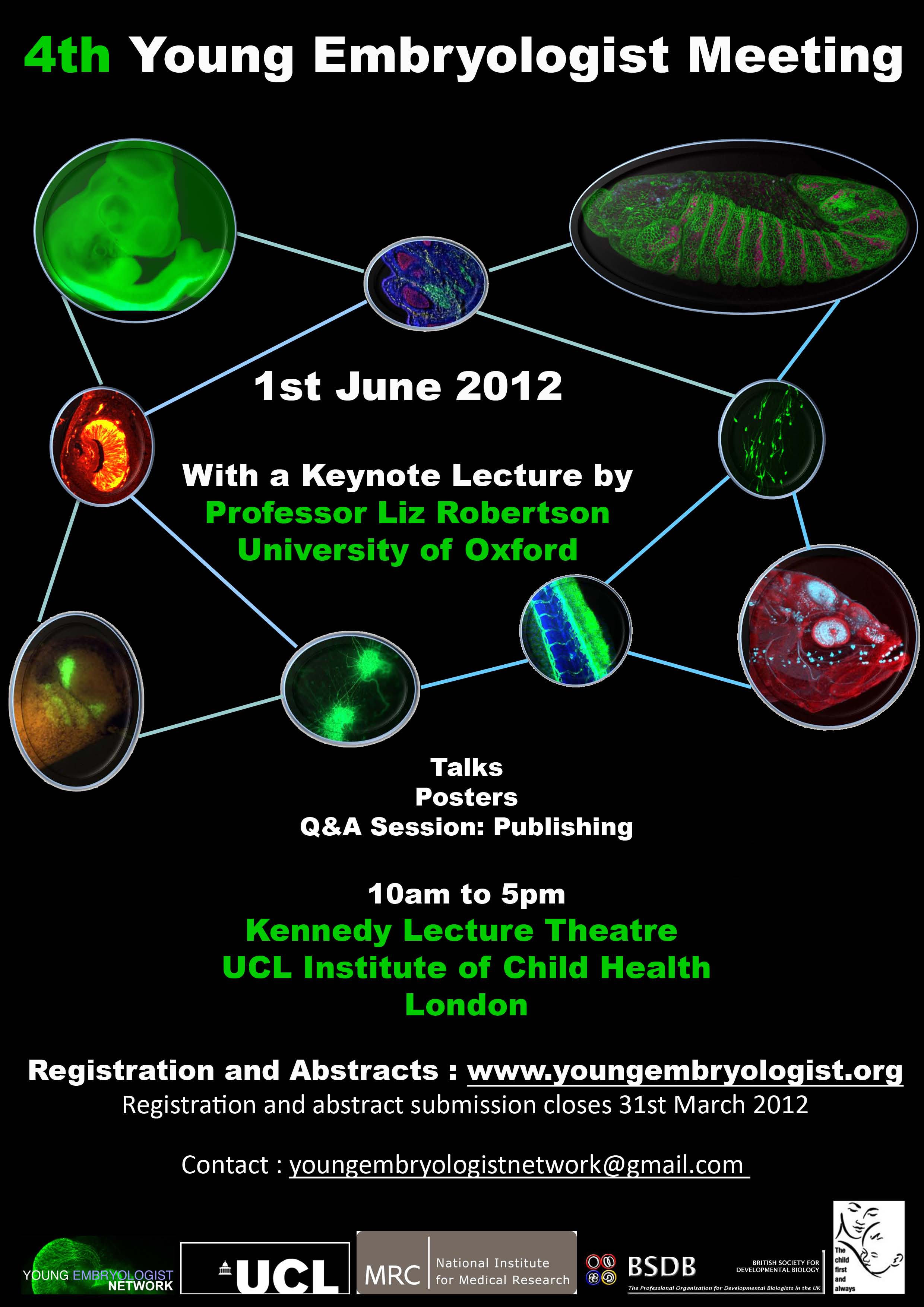Of velvet worms and water bears: a review of ‘The Animal Kingdom: A Very Short Introduction’ by Peter Holland
Posted by Thomas Butts, on 1 March 2012
The Metazoa, our corner of the great assemblage of life, is a curious and fascinating topic, but one that is relatively obscure in these days when a great many of the scientists studying animals are concerned with them as biomedical model systems. ‘The Animal Kingdom: A Very Short Introduction’ goes a long way to illuminating this relative obscurity, and is likely to become an excellent first point of call for undergraduate and graduate students of evolutionary-developmental biology (‘evo-devo’). It will also make for a fascinating read for biomedical scientists who are fed up of their evolutionarily-minded colleagues lecturing them about how fascinating velvet worms (Phylum: Onycophora) are.
Animals come in a huge variety of sizes and forms and their interrelationships have been the subject of often very heated debate since the 19th century. The coming of the age of molecular biology has revolutionised these debates by enabling zoologists to infer evolutionary relationships by comparing DNA and protein sequences; they no longer have to rely on the vagaries of morphological comparisons. This has lead to a number of significant revisions. Previously well-established groups such as ‘Articulata’, which united segmented invertebrates such as insects and earthworms, have been shown to be artefacts of convergent evolution or widespread character loss. As with all revolutions, there have been dissenting voices (tales of warring academics who wouldn’t set foot in the same lecture theatre as one another are not unknown). However, as the sophistication of molecular phylogenetic techniques has advanced, and datasets have grown exponentially owing to the power of next-generation sequencing (people talk only of phylogenomics these days), a consensus of the animal phylogeny has been arrived at. Of course, the arrangement of many groups is still unresolved and problems remain, but the broad brush strokes of animal evolution are agreed upon: the family tree of the 30-odd animal phyla (Prof. Holland recognises 33 in his book) is largely established. As a guide not only to the diversity of animals, but also to their evolution ‘The Animal Kingdom: A Very Short Introduction’ thus comes at a very timely juncture.
Prof. Holland’s book takes readers on a tour of the Metazoa using an evolutionary framework. After discussing the issue of what an animal is, and then addressing the much thornier one of how to organise our thinking about them phylogenetically, the book discusses each of the prominent groups. Firstly dealing with the basal animals that do not possess bilateral symmetry (sponges, jellyfish and the like), and then taking each major group of Bilateria in turn, the book provides a lucidly written guide to the diversity of animal form and how it is generated during development. As such, it is an excellent introductory evo-devo text.
For old hands, the description of the molecular revolution of the 1980s and the discovery of the ‘developmental toolkit’ is particularly entertaining. Capturing the excitement at the discovery of the homeobox sequence is a difficult thing to do in 2012, when it is possible to sequence a human genome in 15 minutes. But it’s worth the money on its own. I heartily recommend it.


 (8 votes)
(8 votes)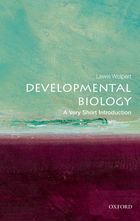
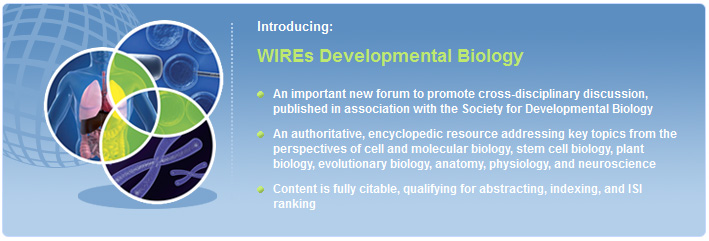
 (No Ratings Yet)
(No Ratings Yet)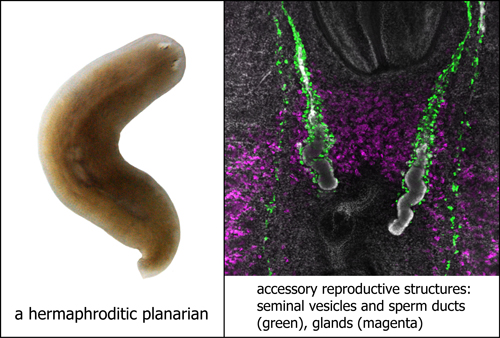
 Natascha Bushati interviewed Andrea Hutterer
Natascha Bushati interviewed Andrea Hutterer 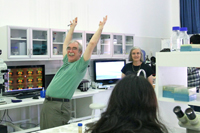 “For me, all of the faculty of the course were extremely good professors: Their lectures were very clear and they were all very open to questions or doubts and were very watchful and helpful in the lab. Eric [Wieschaus], however, was something else. I can’t actually explain how or why, but, as an example, he took it upon himself to single handedly sharpen most of our pincers to ease embryo peeling and larval dissection!”
“For me, all of the faculty of the course were extremely good professors: Their lectures were very clear and they were all very open to questions or doubts and were very watchful and helpful in the lab. Eric [Wieschaus], however, was something else. I can’t actually explain how or why, but, as an example, he took it upon himself to single handedly sharpen most of our pincers to ease embryo peeling and larval dissection!”